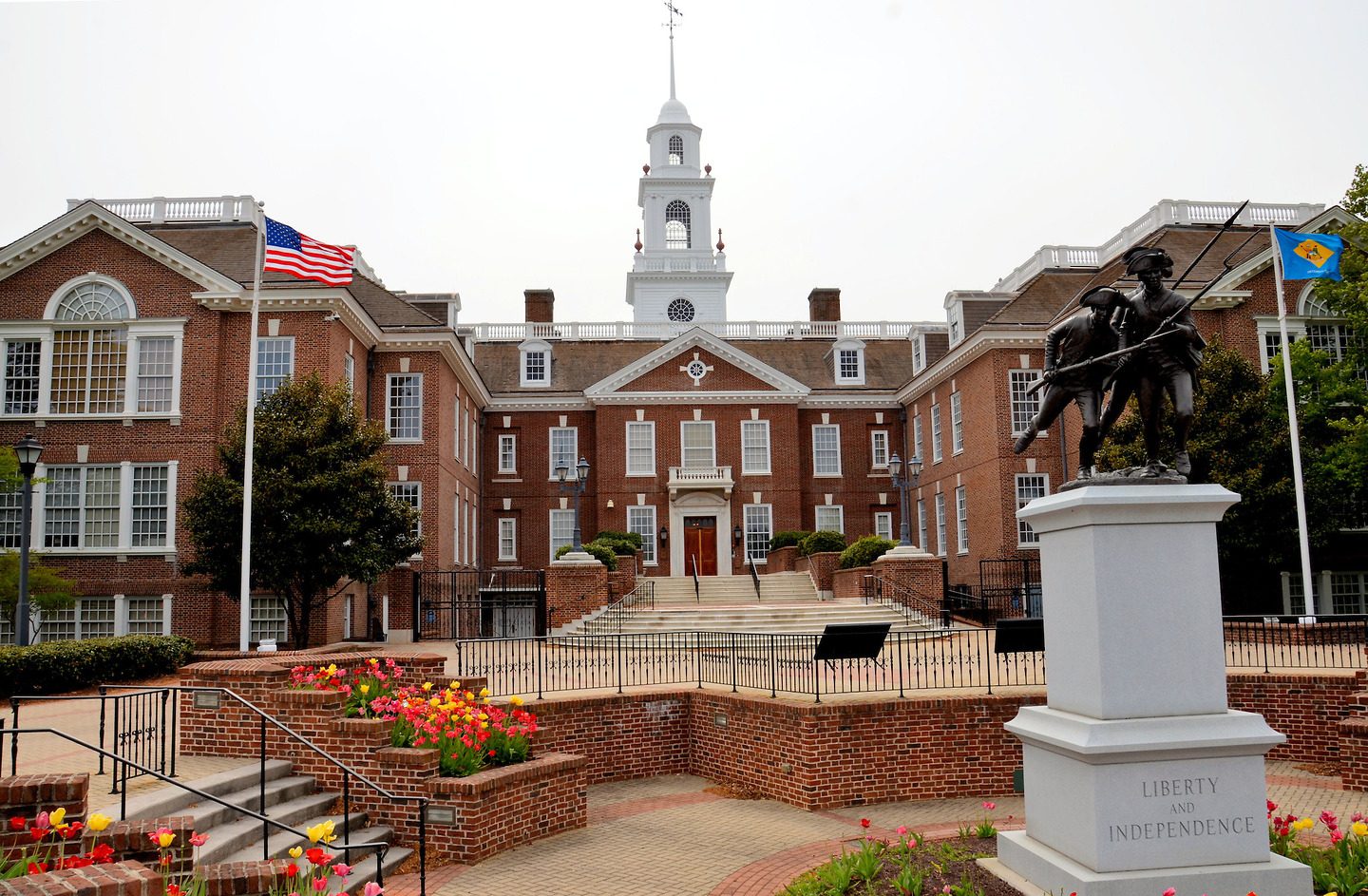Legislative Update April 29, 2019

Legislative Update, April 29, 2019
The General Assembly is still on Easter recess. No budget hearings are being conducted during the break. The legislature will return to regular session on Tuesday, May 7.
Revenue Forecasts Continue Positive Trend
At the April 22 meeting of the Delaware Economic and Financial Advisory Council (DEFAC), the panel revised revenue forecasts for the current fiscal year (FY 2019) as well as the coming fiscal year (FY 2020). Following a $28 million uptick in expected revenue in the March meeting, DEFAC's April forecast indicates a revision of the March numbers to $37.9 million in additional revenue for this year and another $13 million for next year's budget. Much of the increase in forecast revenue is attributed to an upswing in corporate tax revenue.
Based on the current forecast, legislators will have $4.79 billion to work with in FY 2020. The Governor's Recommended Budget for FY 2020 (HB 50) came in at $4.43 billion, a figure which amounts to 3.88 percent growth over the FY 2019 budget. Assuming that the General Assembly stays at or around 3.8-to-4.0 percent, based on current numbers, the General Assembly would have more than $300 million in additional revenue to appropriate.
In a statement his office issued on April 22, Governor Carney called on legislators to exercise fiscal restraint:
“We continue to show strong revenue growth, which is a positive sign for Delaware’s economy and our state budget. But, as we’ve said all along, much of this revenue is coming from one-time sources and volatile revenue streams like the corporate income tax. Delawareans expect us to responsibly manage their money in good and bad times. We should not use one-time revenue to fund ongoing expenses. That’s why we will continue to talk to legislators about dedicating one-time revenue to one-time expenses like infrastructure projects and open space preservation – while putting money away to prevent spending cuts the next time our revenue picture trends downward.”
This year and last year are welcome departures from the more than decade long trend that culminated with a roughly $400 million shortfall in 2017.

